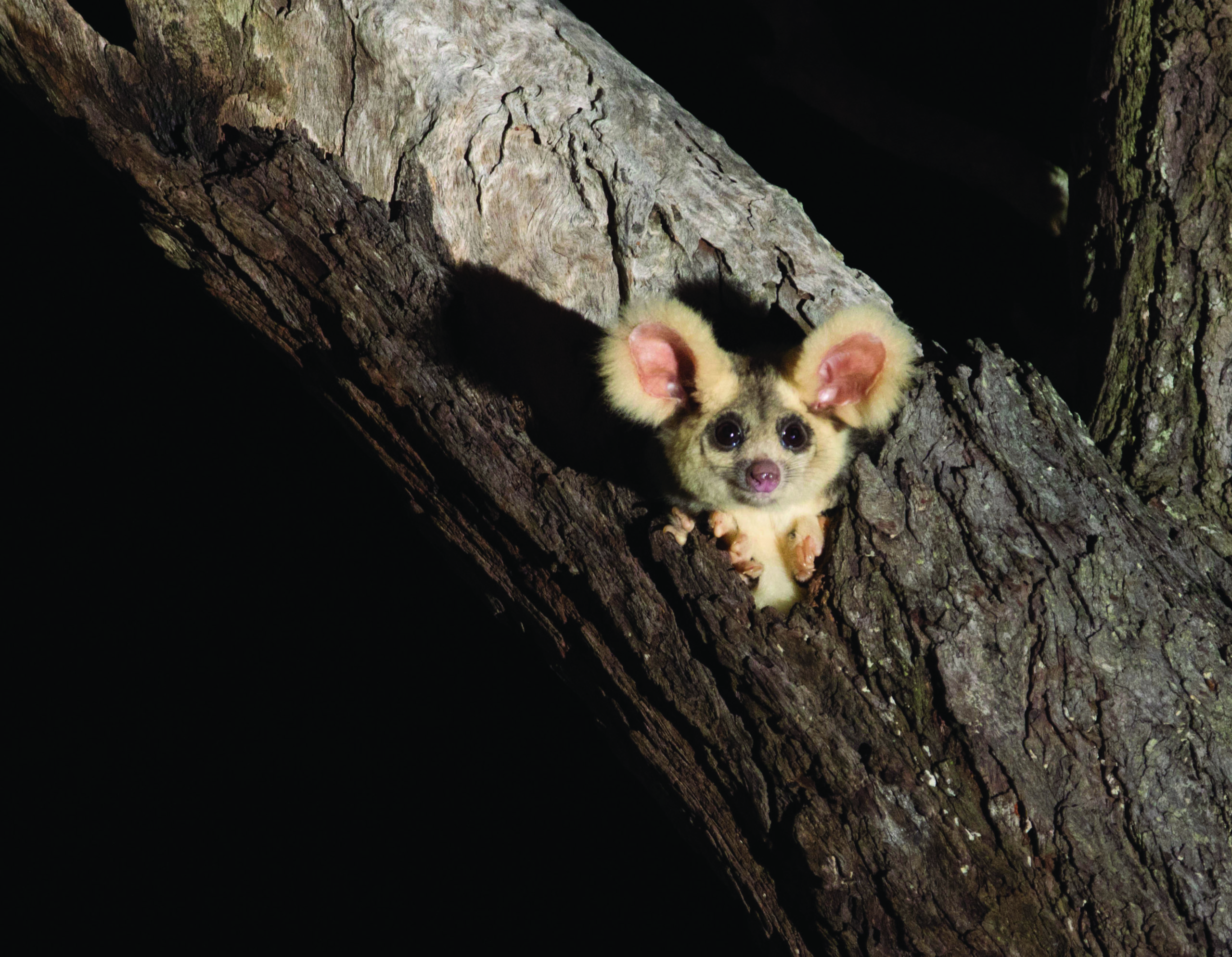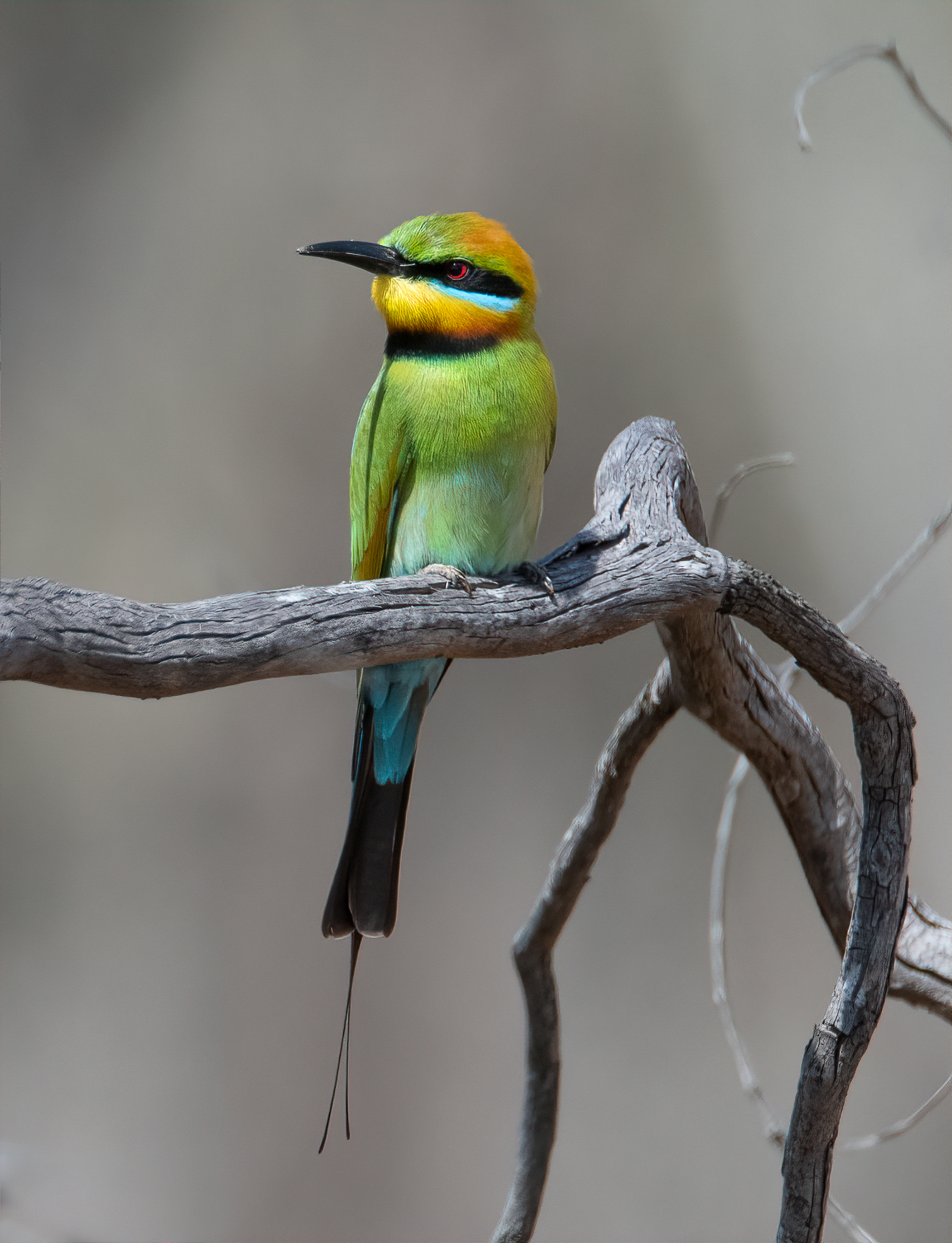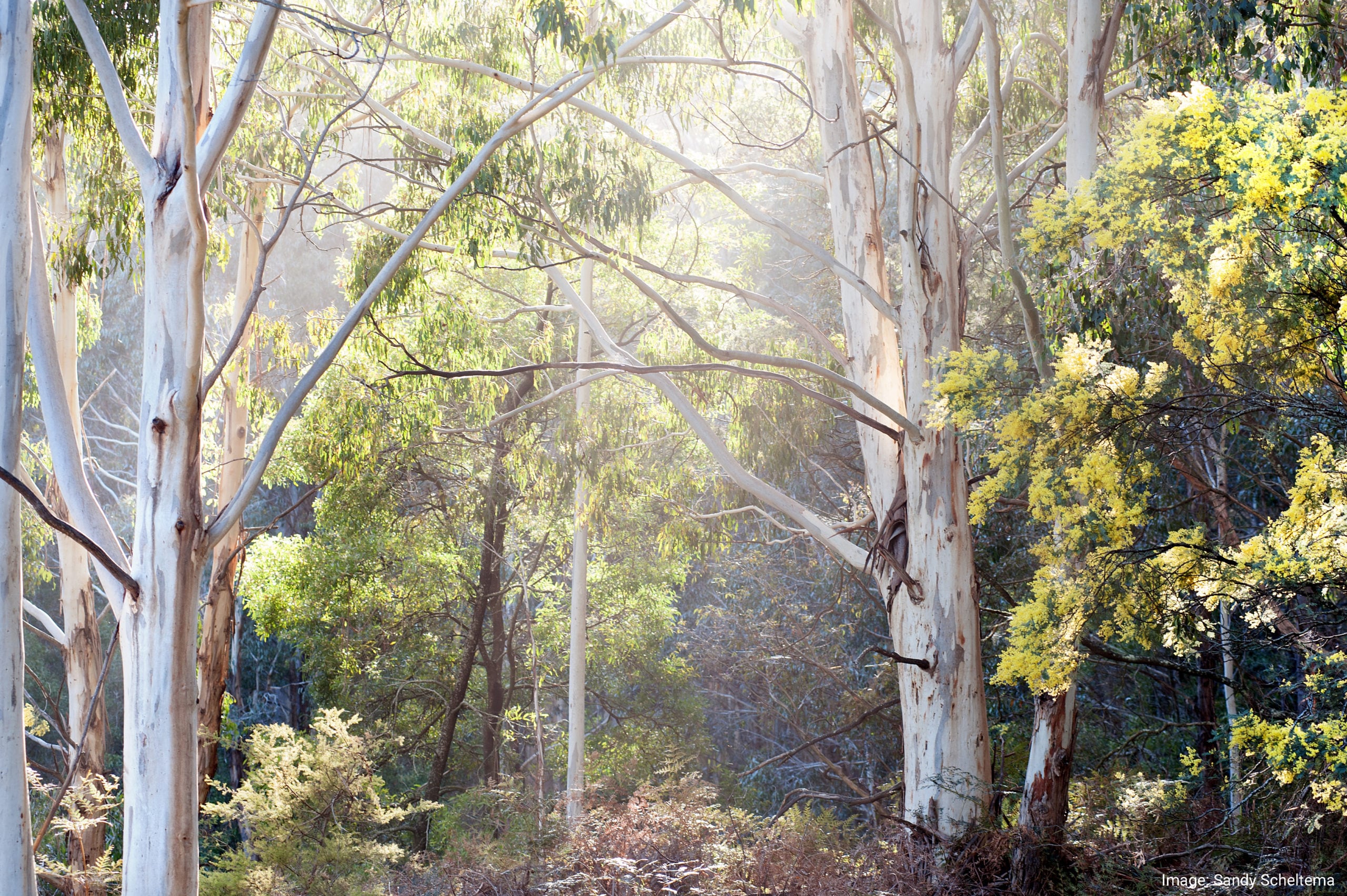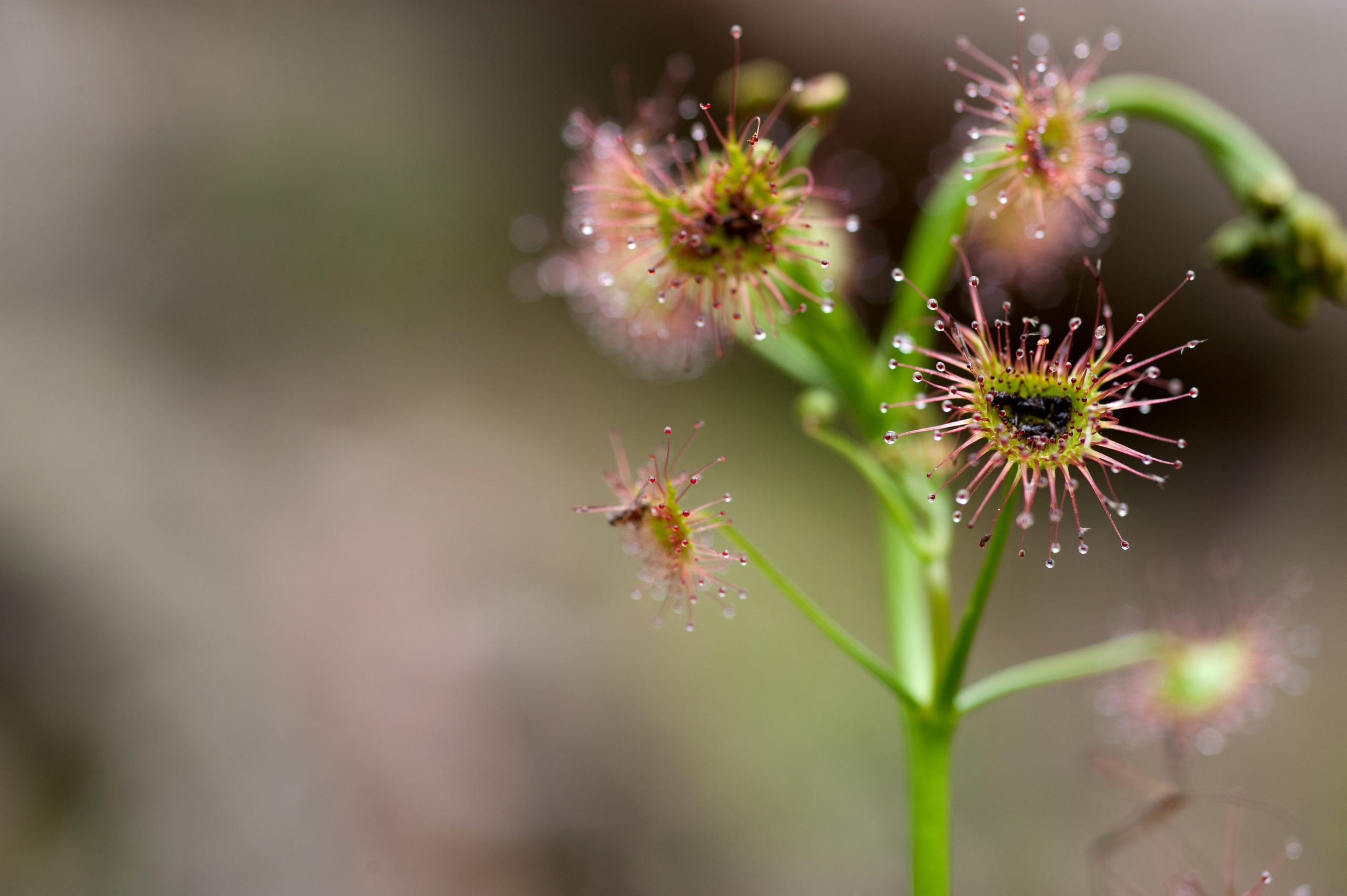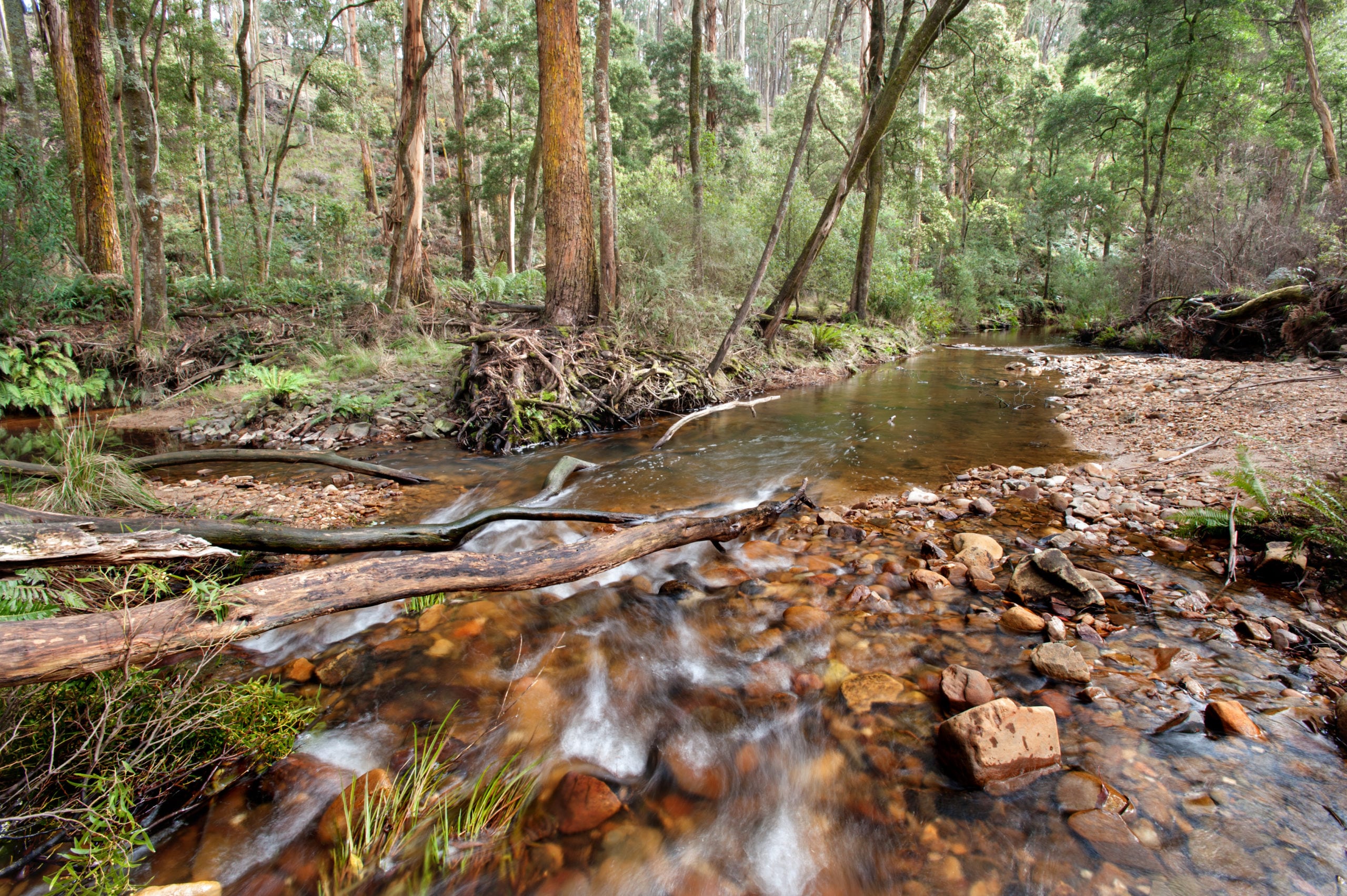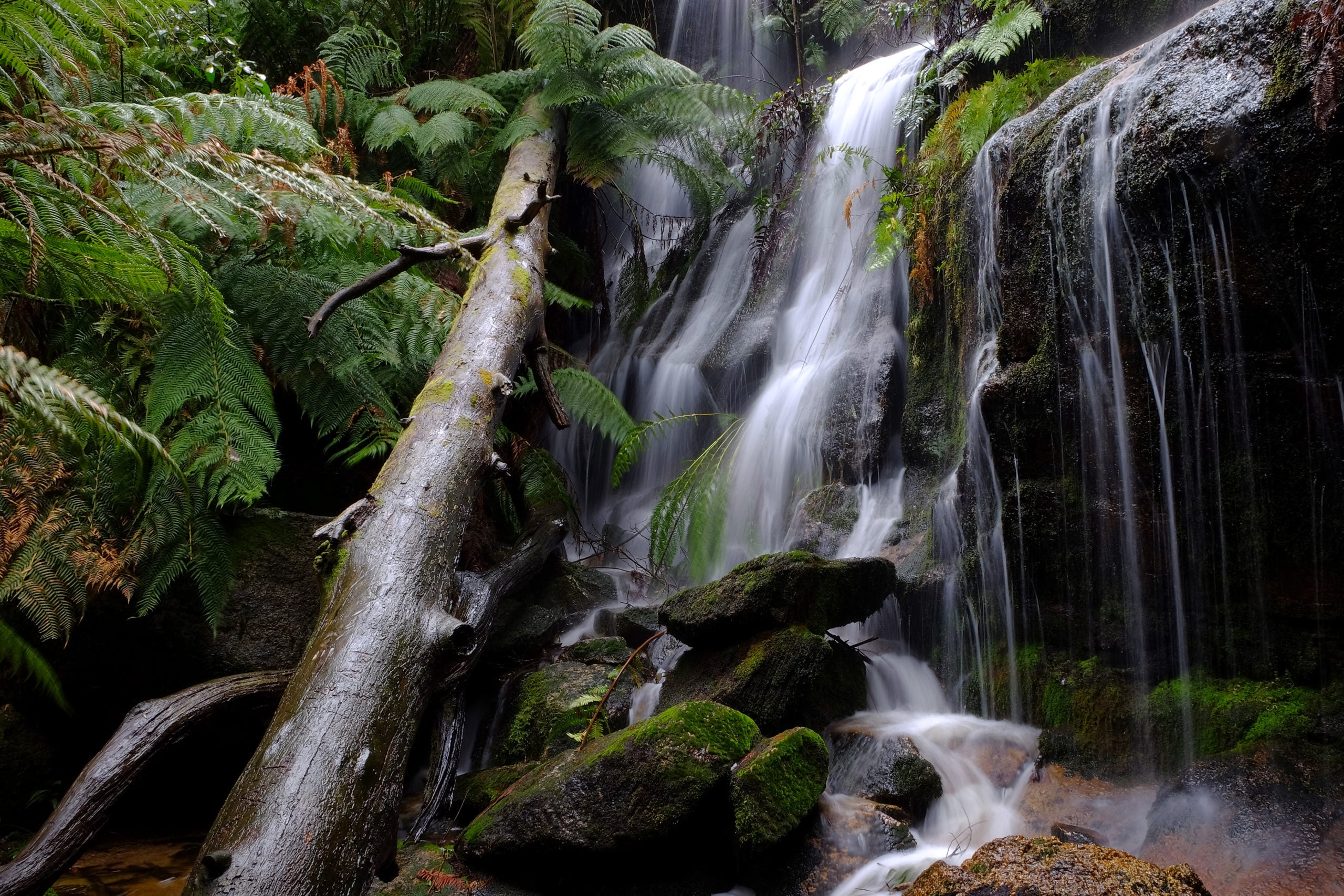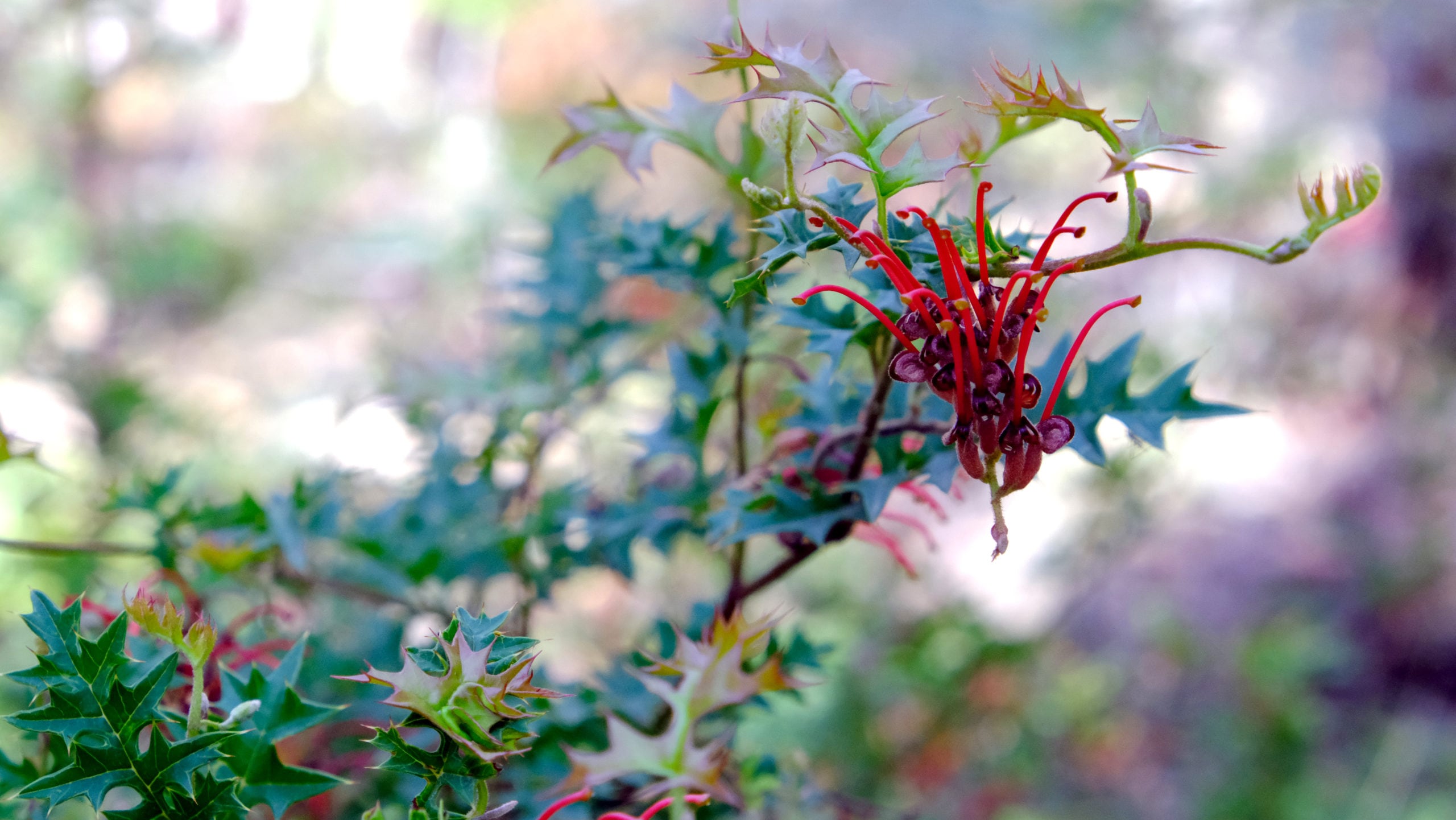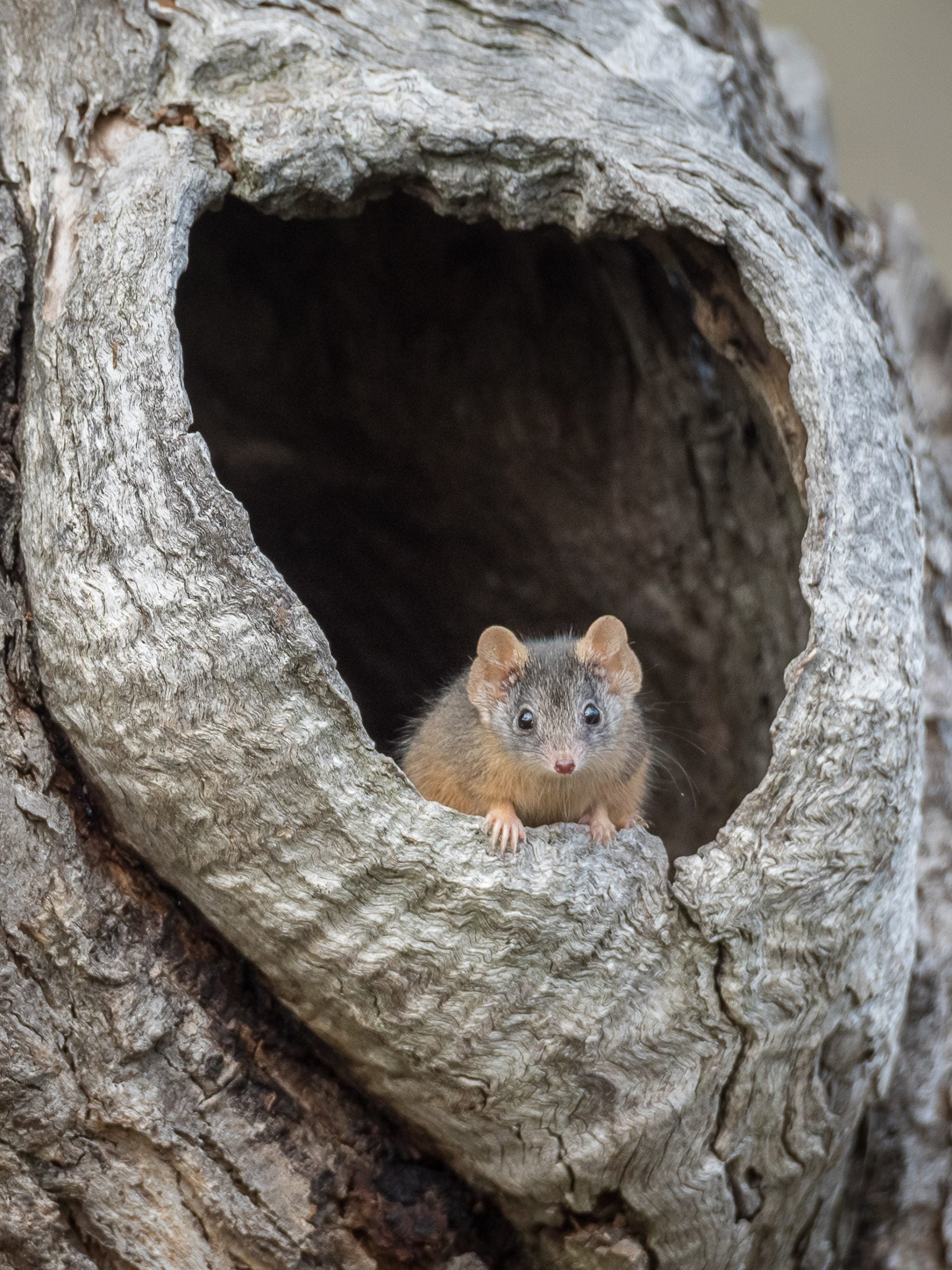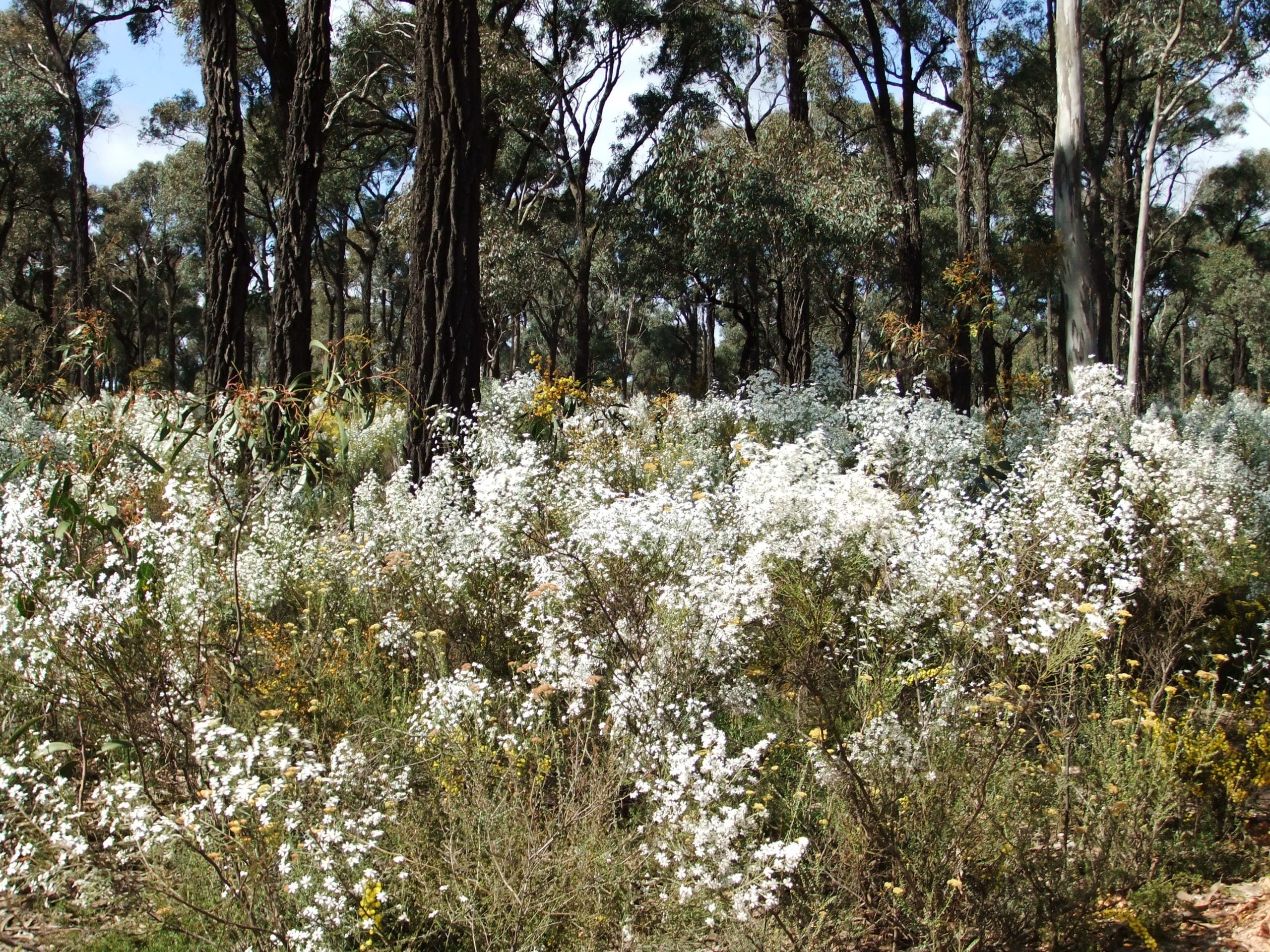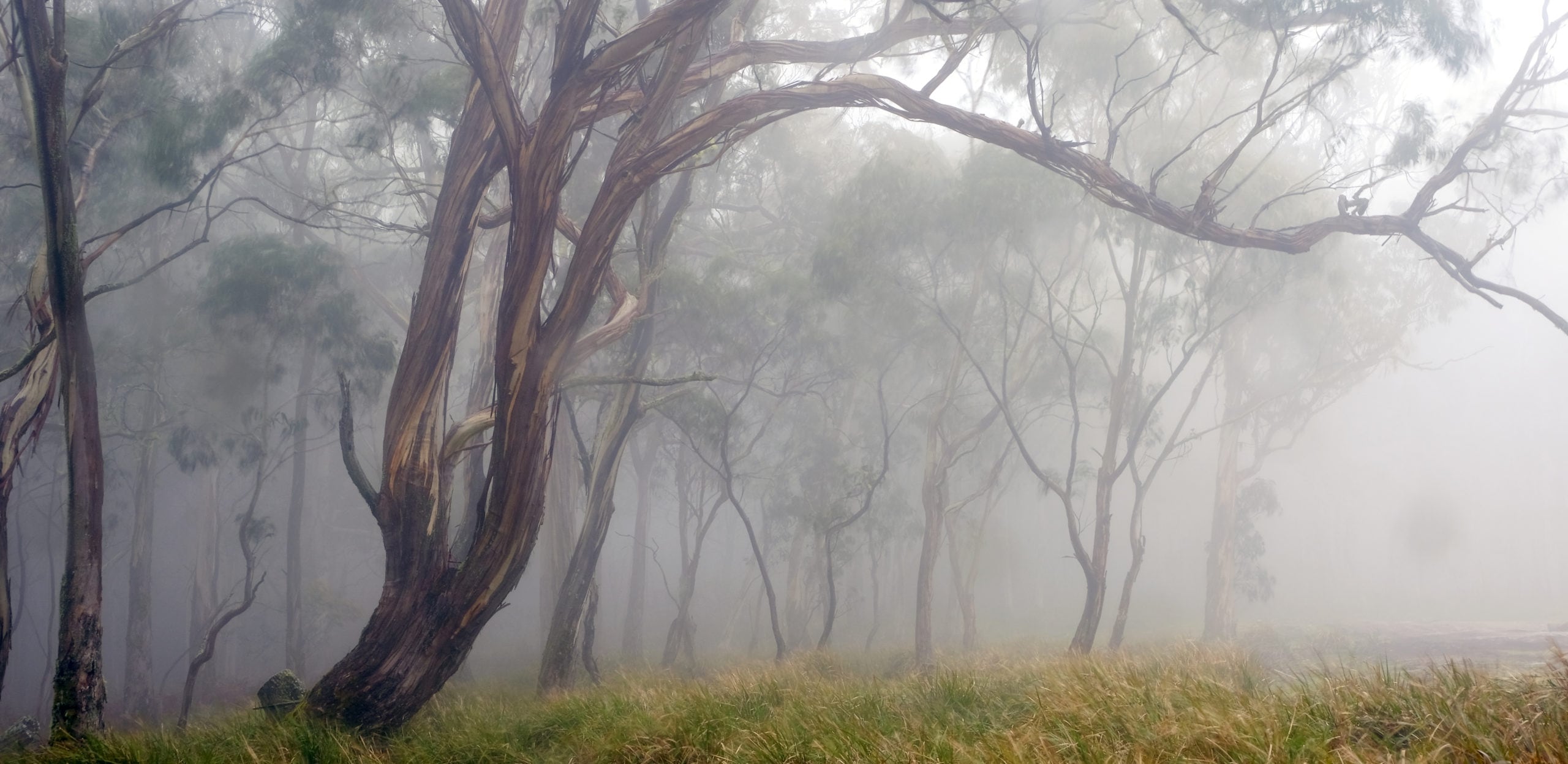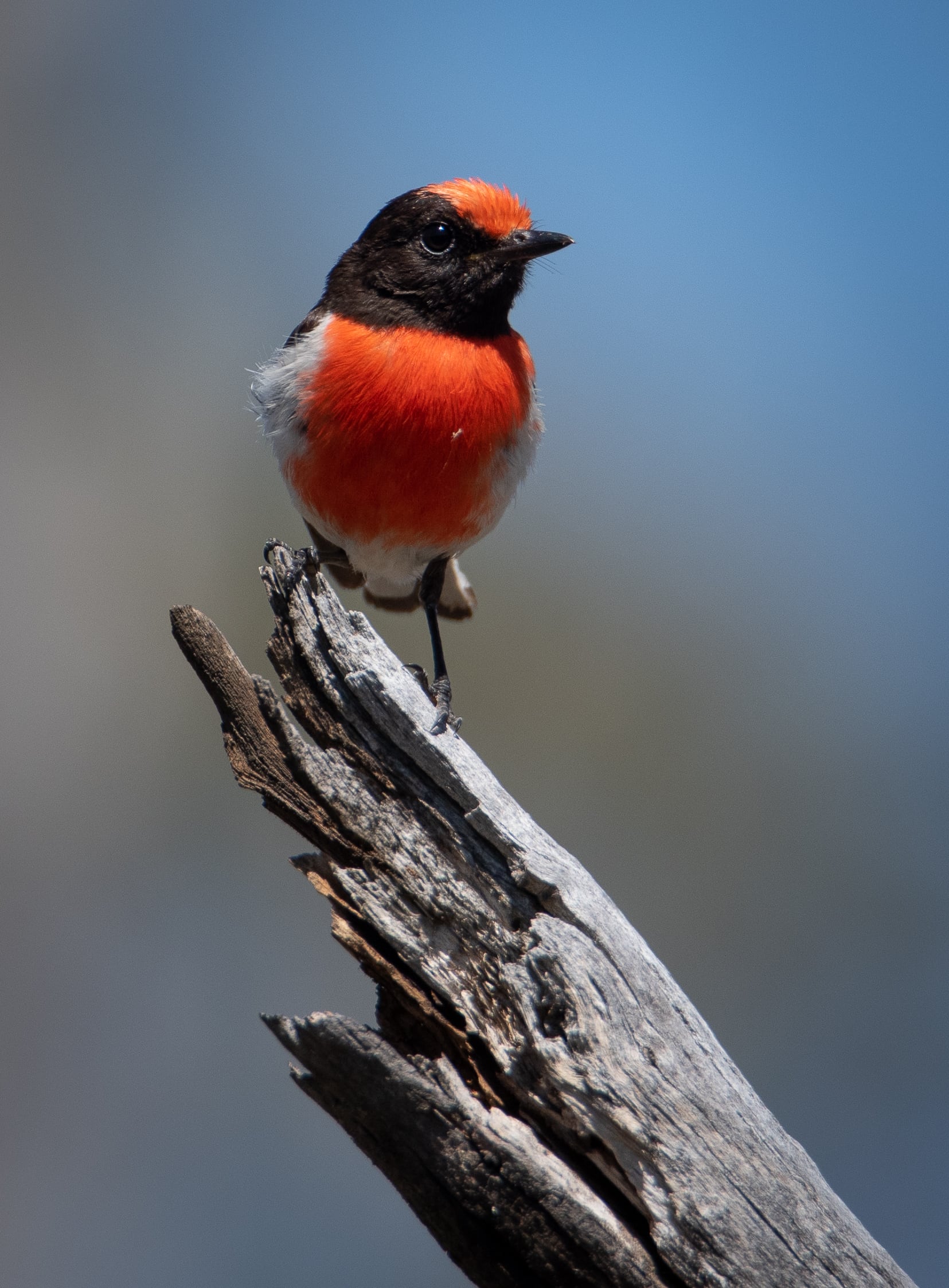Greater good – could you destroy this glider’s home?

DEEP IN THE heart of Wombat Forest, Victoria, lives a native Aussie animal that’s so darn adorable you’ll want to take it home and cuddle it. With its large furry ears, sweet little nose and glistening button eyes, the greater glider could easily be mistaken for a teddy bear nestled in a tree.
Able to glide 100 metres through the air and effortlessly change direction mid flight, but barely capable of putting one foot in front of the other on land, this shagpile-covered creature is often described as a clumsy possum.
It’s also described by scientists as on a crash course to extinction, following an 80 per cent population nosedive in just 20 years in some parts of the state.
Yet, despite its official national listing as threatened, the Victorian government is yet to implement a plan to protect the greater glider from being wiped out. Instead, it has overseen the logging of hundreds of hectares of the animal’s south-eastern habitat, with exploratory mining occurring in the unburned and still unprotected Wombat Forest.
Once common in forests across eastern Australia, greater gliders depend on older, hollow-bearing eucalypt trees. They are known to use a large number of hollows within their small home ranges of 1–4 hectares, and can use between two and 18 different hollows.
Wombat Forest is one of a number of state forests within central-western Victoria that are earmarked for continued logging by the state government. They’re also home to around 380 rare and threatened birds, mammals and plants, and a hot spot for greater gliders.
According to the Victorian National Parks Association (VNPA) these landscapes protect the headwaters of important rivers (Moorabool, Werribee, Lerderderg, Maribymong and Wimmera) and are refuges for bushfire-affected wildlife, and important places of connection for com-munity.
“Protecting the habitat of threatened wildlife is one of the best way to keep this critter, and the 380 other species, off the extinction list,” says Matt Ruchel from VNPA. “National parks are proven to be the key mechanism for protecting habitat.”
“Protection of 60,000ha of forest across the Wombat, Wellsford, Pyrenees Ranges, and Mount Cole is expertly recommended by the four-year-long Victorian Environment Assessment Council’s (VEAC).
“Yet in a time when we need nature more than ever, the state government of Victoria has ignored the final recommendations of the VEAC to protect the central west forests in new national parks within six months. The announcement should have been made at the end of February 2020.
“The forests worthy of protection as national parks include the Wombat Forest (near Daylesford), Wellsford Forest (near Bendigo), Pyreness Ranges Forest (near Avoca), and Mount Cole Forest (near Beaufort).”
To learn more about the forests of the central west, and how you can support the formation of these new national parks, visit Victorian National Parks Association.
